Hubble Tension and the Dark Energy Crisis: A New Cosmic Puzzle
The Expanding Mystery: Hubble Tension and the Dark Energy Crisis
The question of why the universe is expanding at an accelerating rate has puzzled astronomers for over two decades. While scientists have long attributed this to the enigmatic force known as dark energy, new research suggests that understanding this expansion may be even more complex than previously thought. The so-called “Hubble tension”—a discrepancy in the measured rate of cosmic expansion depending on the observational method used—has evolved from a simple anomaly to what many now call a full-blown crisis in cosmology.
A Brief History of Cosmic Expansion
Our story begins in 1998 when a team of scientists, notably Saul Perlmutter, Adam Riess, and Brian Schmidt, made a groundbreaking discovery using Type Ia supernovae as standard cosmic candles. Their research confirmed that the universe is not merely expanding but that the rate of expansion is accelerating. This finding led to the eventual identification of dark energy, thought to constitute approximately 72% of the universe’s total energy-mass content. The discovery was so significant that the scientists were awarded the 2011 Nobel Prize in Physics.
For years, scientists calculated the universe’s expansion rate—often referred to as the Hubble constant—using various methods. Traditional techniques, such as measuring Cepheid variable stars and supernovae, consistently pointed to a value of about 72 km/s per megaparsec. However, more recent measurements based on the cosmic microwave background radiation (CMB)—relic radiation from the Big Bang—suggest a much lower value closer to 67.4 km/s per megaparsec. The fact that two independent methods yield conflicting results has left cosmologists scrambling for an explanation.
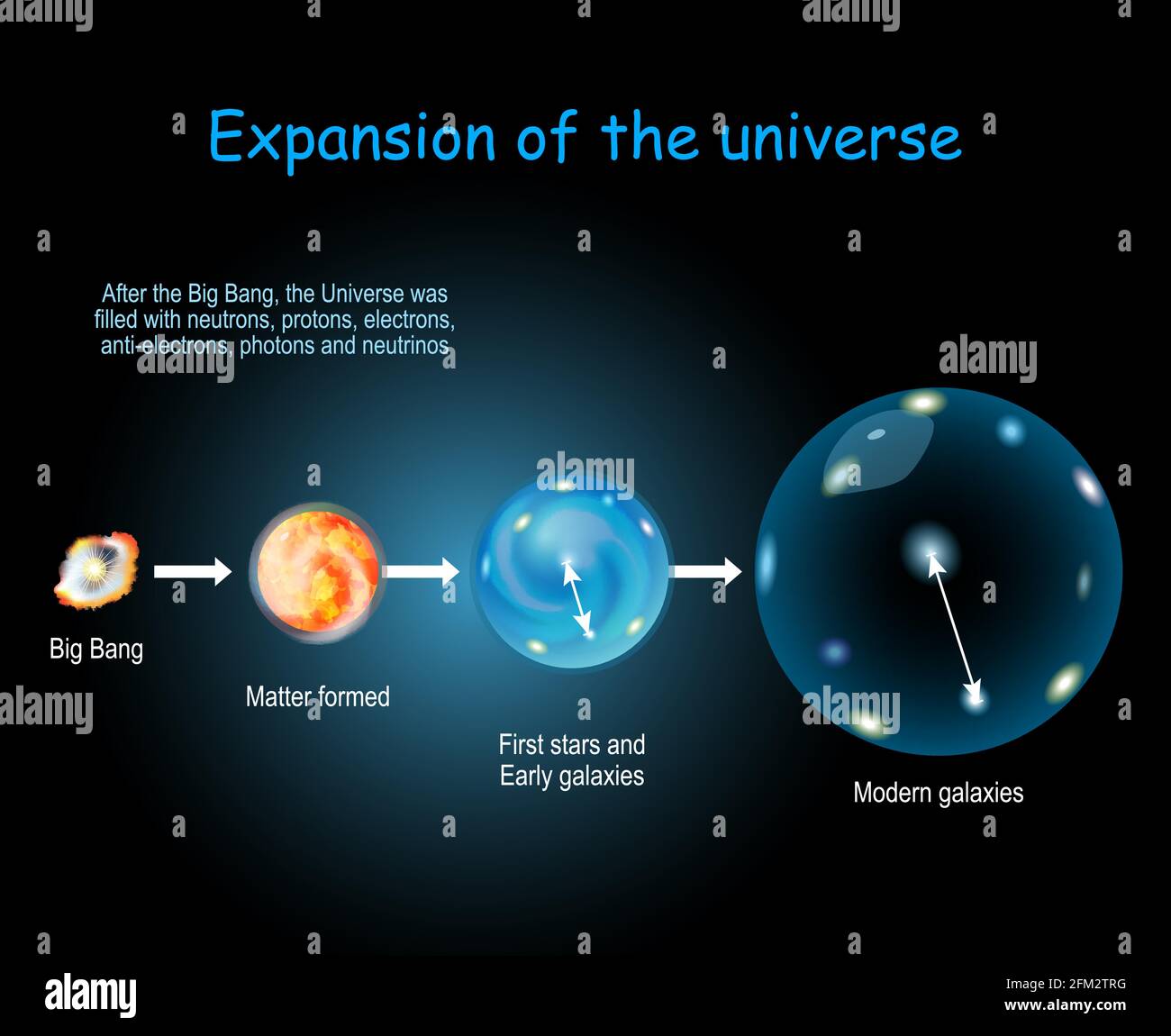
Measuring the Universe: Conflicting Evidence
Scientists rely on multiple techniques to determine the rate at which the universe is expanding. Some of the primary methods include:
- Cepheid Variables: These stars pulsate in a predictable manner, allowing astronomers to use them as “standard candles” to determine distances.
- Type Ia Supernovae: Because these stellar explosions occur at consistent luminosities, they serve as another reliable tool for measuring vast cosmic distances.
- Cosmic Microwave Background (CMB): This ancient light, emitted when the universe was just 380,000 years old, provides insights into the early cosmos.
- Baryon Acoustic Oscillations (BAO): These relic sound waves from the early universe offer additional clues about cosmic expansion.
While methods relying on Cepheid variables and supernovae point toward a faster expansion rate (~72 km/s per megaparsec), techniques that analyze the CMB indicate a significantly slower rate. The fact that these figures do not align has led some researchers to label the Hubble tension as a “crisis” rather than a mere discrepancy.
Is There an Underlying Error?
One possibility is a systematic error in either the early or late-universe measurements. However, given that multiple independent observations—using different telescopes, wavelengths, and techniques—all point toward the same discrepancy, the error hypothesis is becoming increasingly unlikely.
In 2019, researchers using the Hubble Space Telescope confirmed the higher expansion rate, while additional measurements from the James Webb Space Telescope (JWST) in 2023 further validated earlier supernova-based calculations. This suggests that the observed Hubble tension is not merely the result of errors in data collection but could hint at something more profound about our understanding of the universe.
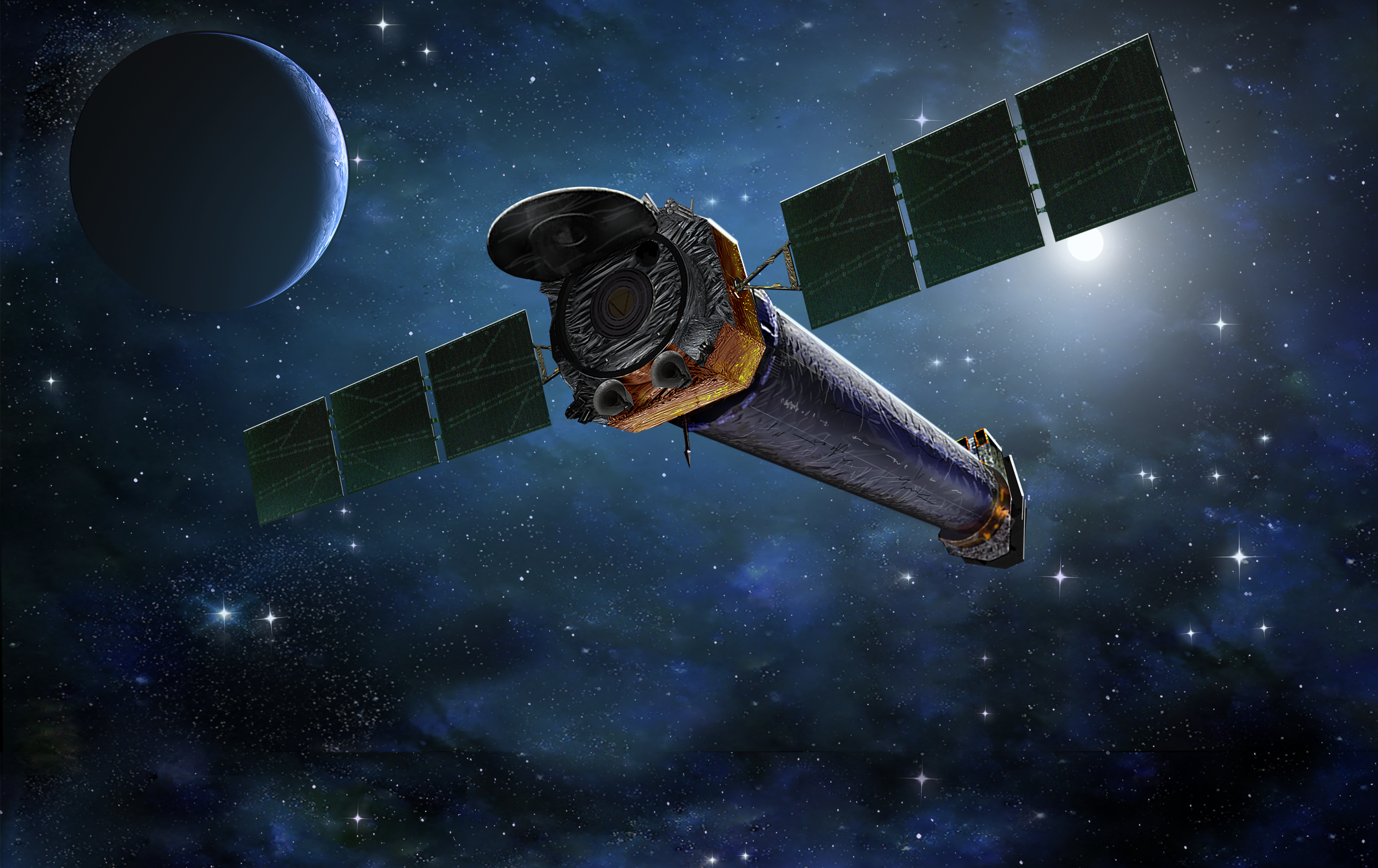
New Physics or Changing Dark Energy?
If the discrepancy is real, then one intriguing possibility is that dark energy is not constant but instead evolves over time. This would mean the properties of dark energy—and perhaps even the fundamental laws of physics—may be shifting as the universe ages. If confirmed, this would radically alter our understanding of the cosmos.
Several alternative explanations have been proposed:
- A Dynamic Dark Energy Model: Some researchers speculate that dark energy may not be a fixed quantity but instead fluctuates over cosmic time. If true, this could explain why early and late-universe measurements yield different values.
- Modified Gravity Theories: Some physicists propose modifications to Einstein’s general theory of relativity, suggesting that gravity behaves differently on cosmic scales. The controversial MOND (Modified Newtonian Dynamics) hypothesis has been under scrutiny, though recent evidence has cast doubts on its validity.
- The Timescape Hypothesis: This lesser-known idea suggests that the universe’s expansion rate varies in different regions due to subtle variations in time dilation. While intriguing, this model has yet to gain widespread acceptance.
The Path Forward
Resolving the Hubble tension requires gathering even more precise data. The DESI (Dark Energy Spectroscopic Instrument) survey is currently mapping the positions of millions of galaxies to refine our understanding of the cosmic expansion rate. Future surveys, including the Vera C. Rubin Observatory and the European Space Agency’s Euclid mission, are expected to provide crucial insights into this ongoing mystery.
In the coming years, the scientific community will continue refining their models and expanding observational datasets, possibly leading to groundbreaking discoveries that redefine our understanding of dark energy and cosmic expansion. Whether the solution lies in new physics or unaccounted-for observational biases, solving the Hubble tension will be one of the most profound achievements in modern cosmology.
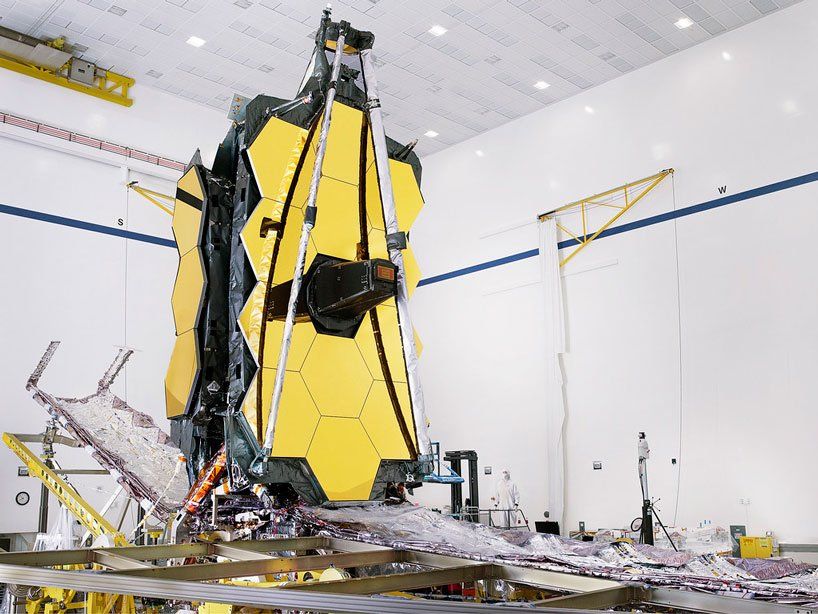
Conclusion
The Hubble tension is much more than a trivial measurement discrepancy—it hints at the possibility that our current models of the universe might be incomplete. With each new observation confirming the rift between early and late-universe expansion rates, the mystery only deepens. Whether through revising our understanding of dark energy, modifying fundamental physics, or identifying previously unknown cosmic forces, solving this problem could lead to a transformative breakthrough in our comprehension of the cosmos.
As we continue to unlock the universe’s secrets, it is clear that the expanding cosmos holds even more surprises waiting to be discovered.
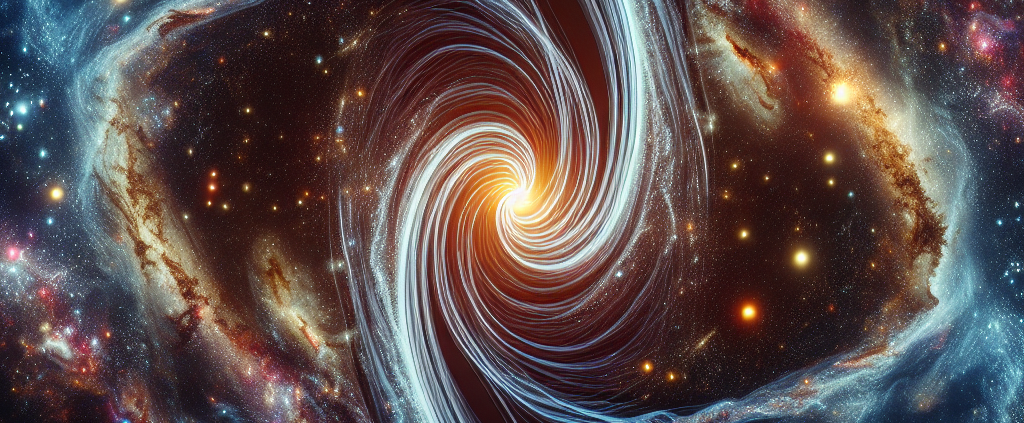
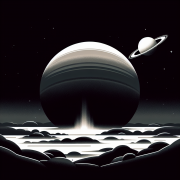
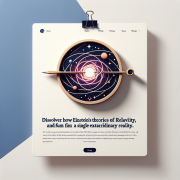


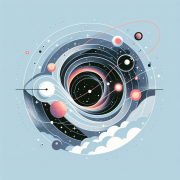
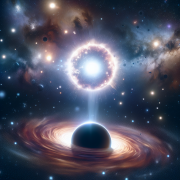


The Hubble tension represents one of the most intriguing mysteries in modern cosmology. With each new study, we edge closer to uncovering whether unknown physics is at play.